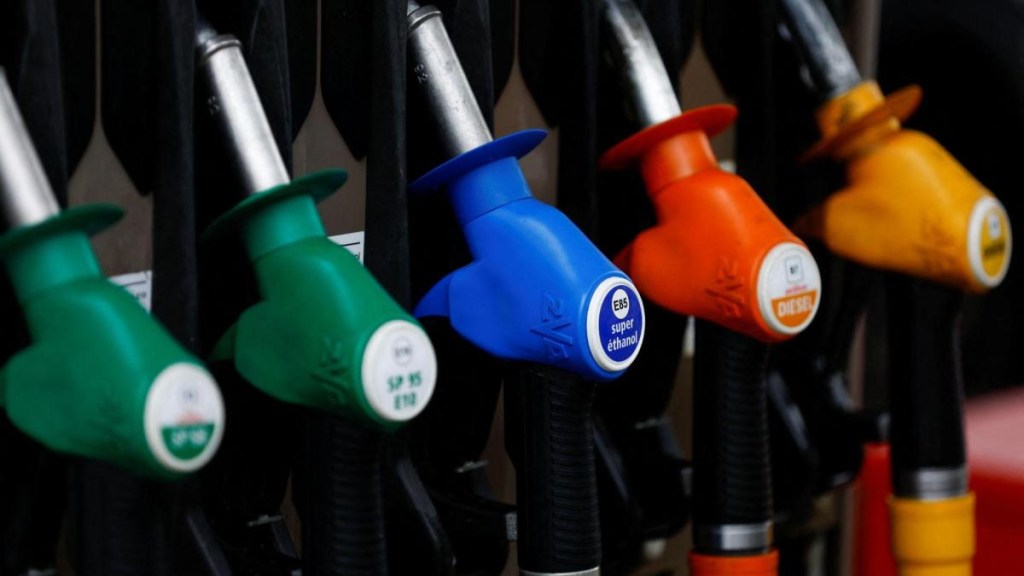The controversy over E20 ethanol-blended petrol has intensified, with Nitin Gadkari, road transport and highways minister, terming the social media criticism and pushback a “paid campaign” and politically motivated exercise to malign him personally and the government at large. The minister also termed it as “propaganda” sponsored by the “rich and strong” petrol lobby. This sharp assertion, made at two separate auto industry body conventions over the last two days, follows the Supreme Court’s recent dismissal of a public interest litigation challenging the roll-out of E20 and demanding a halt or alternatives at petrol pumps. While the apex court made it clear that the government’s policy stands, it also added that consumers should be sufficiently informed about the compatibility of their vehicles with the blended fuel.
Economic Logic vs. Consumer Anxiety
Certainly, there is no doubting the positive intention behind the government’s ethanol blending drive. The logic for E20, which was rolled out nationwide since April this year, is rooted in the objective of cutting down the dependence on imported oil and also providing a new stream of income for farmers cultivating maize and sugarcane. Ethanol blending’s economic rationale is fine as the country spends nearly Rs 13.5 lakh crore annually on crude imports and remains vulnerable to global price swings. Yet, the manner in which this transition has unfolded leaves much to be desired. In that context, Gadkari’s broad-brush dismissal of all criticism as “paid” and “politically motivated” is disappointing. The government should address the legitimate anxieties of ordinary citizens through public consultation, issuing clear FAQs and explaining the science, the safeguards in place, and contingency steps for legacy vehicles. This will do more to foster trust than any political statement ever can.
For example, while the government has billed its ambitious push for E20 petrol as a green leap forward, many car owners, especially those driving older models, feel the transition is a leap of faith instead, amid growing concerns around falling mileage and potential engine damage. The roll-out has appeared rushed indeed. Blends such as E5 and E10 have disappeared from fuel pumps, leaving consumers with no choice. Information flow, especially on compatibility, maintenance, and mileage implications, has not kept pace with public concern. Industry’s response has, if anything, only deepened the ambiguity. Leading car companies and the auto industry’s apex body Siam have confirmed that vehicles manufactured April 2023 onwards are E20-compliant. However, the reassurance peters out for car owners with older models. Manufacturers acknowledge that these older vehicles may experience a drop in fuel mileage by 2-4% and need replacement of parts like rubber and gaskets to adapt to the change, without specifying the cost. The assurance of warranty coverage does not cover most of the fleet, given that warranties rarely last beyond a few years and older cars dominate the roads.
Disconnect between policy and public communication
Thus, what becomes clear on a closer look is that while the harms of E20 for most cars may not be as grave as the most vocal critics claim, the all-clear sounds are equally over-optimistic. Communication from the government has been opaque, with answers to consumer questions appearing piecemeal or absent altogether. The government has the right to defend its policies and call out misinformation. But to inspire real confidence, and silence the rumours more effectively, it should do more. Policy, after all, is for the public, and information is its first essential. Further, there’s no harm in offering consumers sufficient transition time where the choice of E5 and E10 is also available.

